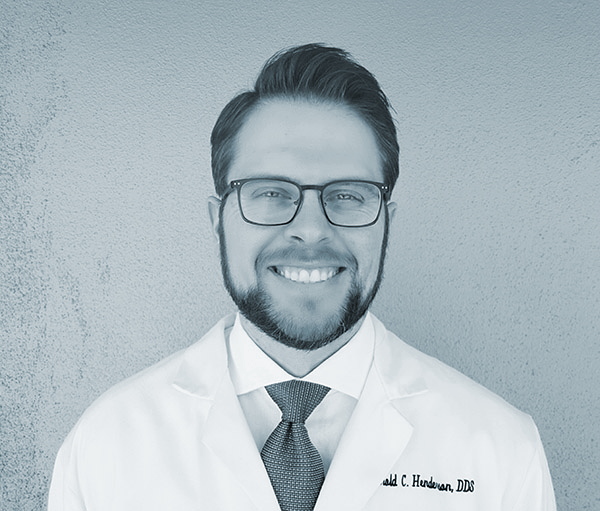
One of the most prevalent and under diagnosed diseases is a disease that can be detected by your dentist and dental hygienist. It is a disease that is not talked about much outside of the dental office, but can lead to various other diseases which can cause problems outside of the oral environment. It is a disease which can be prevented before it begins, or if already diagnosed, arrested. This disease is periodontitis.
First, what is periodontitis? Periodontitis is the advanced form of gingivitis, which is a disease that results in infection and inflammation of the gum tissues. The main sign is swelling and redness of the tissues which causes them to bleed frequently and become sensitive. In its advanced state, this disease affects the bone around the teeth causing degeneration and pocketing.
Periodontitis is mostly seen in adults. According to the CDC, 47% of adults above the age of 30 have some form of periodontitis. Periodontal disease is increased as you become older with the statistics showing 70% of adults 65 years or older having the disease. Men are more common to have the disease than women 56% to 38%. Smoking increases the risk with about 64% of current smokers having periodontal disease.
The causes of periodontal disease are certain strands of bacteria present in the mouth which infect the tissues. When this bacteria attaches to the teeth for a long enough time, it forms plaque, which if present on the tooth long enough, forms a hard layer called calculus. This calculus buildup can also progress below the gum tissues wrecking havoc on not just the tissues, but the bone surrounding the tooth as well.
Various warning signs of periodontitis include: red and swollen gum tissues that become tender and bleed frequently. Bad breath and a bad taste in the mouth that feels as though it never goes away is also a sign. When the disease becomes more advanced, the ligaments start to detach causing loose teeth and even gum tissues being pulled away from the teeth.
Certain portions of the population are more at risk of periodontitis, and that includes: tobacco (smoking or chewing), hormonal changes (pregnancy or menopause), substance abuse, inadequate nutrition, genetics, conditions that decrease immunity (leukemia, HIV/AIDS, cancer treatment), diabetes, rheumatoid arthritis, and Crohn’s disease.
If left untreated, periodontitis can cause complications outside of the oral environment. Research suggests that the bacteria associated with periodontitis can enter the bloodstream through gum tissues, affecting the heart, lungs, and other parts of the body. Diseases which can be linked to periodontal disease include: respiratory disease, rheumatoid arthritis, coronary artery disease, and stroke.
There are ways to treat gingivitis and to arrest periodontitis if you have been diagnosed with it. The first step is to practice good home care to keep the oral environment clean. This includes brushing two or three times daily at a minimum of two minutes each. Flossing at least once a day (going slightly underneath the tissues) before brushing is also mandatory.
The second step is regular dental visits for professional cleanings. This is to ensure that all the calculus has been removed. Measurements of the gum tissue ligaments are also recorded at these appointments to track the pocket depths. Six months is recommended for regular cleanings, but if a patient has been diagnosed with periodontitis, a more thorough cleaning is required so that the hygienist has sufficient time to clean out any calculus buildup underneath the tissues and bacteria strands associated with periodontitis.
After these thorough cleanings, the patient is put on a three month periodontal maintenance cleaning to stay aggressive against the more resilient strands of bacteria so that no more bone deterioration occurs. This process is called arresting the periodontitis at this stage. The reason it is arrested is due to the fact that there is already bone loss, and once you lose the bone surrounding the tooth, that bone never returns. Since the bone never returns, those areas will always become more prone to plaque, calculus, and the bacteria associated with it, therefore, the cleanings become periodontal maintenance.
The best way to prevent the most under diagnosed disease is to become educated on it and to pass the knowledge to family members and friends. Practice good home care until it become a habit, and continue on with regular dental visits.
Written by: Thomas Harless, RDH August 7, 2019
« Back